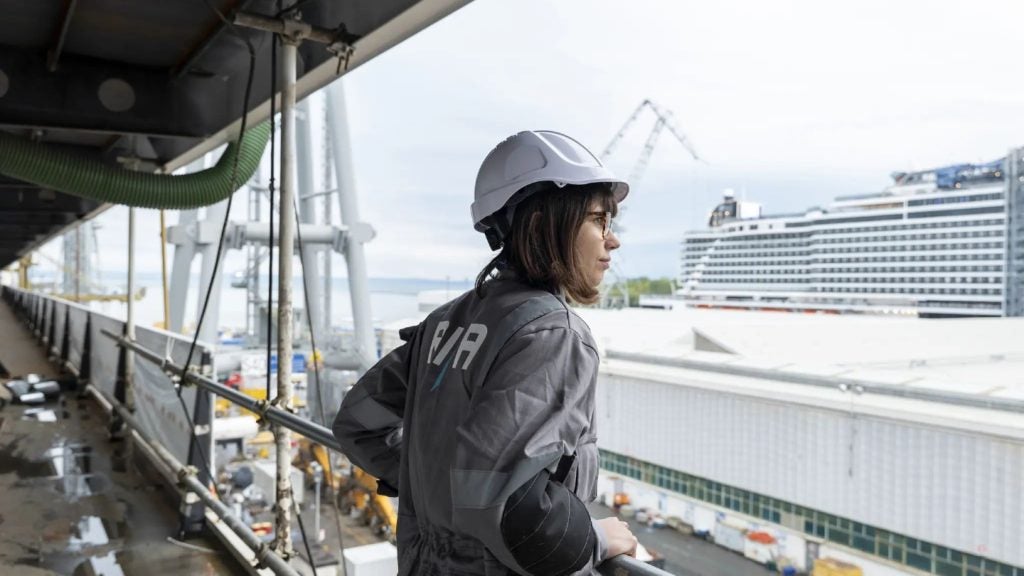The digital revolution has dramatically changed our lives. Many digital services, devices, and robots are driving economic and social progress. Modern robotics has spread to almost every sector, including the shipping industry. As such, robotics companies in the shipping industry are now changing the way that goods are transported globally.
Like other industries around the world, the shipping industry is also adopting robotic technologies in carrying out several significant activities. The use of robotics in the shipping industry is particularly important for hazardous activities. By replacing humans with robotics, shipping and crating operations have become much safer, streamlined and more efficient.
Discover the leading robotics companies in the shipping industry
Using its experience in the sector, Ship Technology has listed some of the leading companies providing products and services related to robotics.
The information provided in the download document is drafted for shipping executives and technology leaders involved in robotics solutions.
The download contains detailed information on suppliers and their product offerings, alongside contact details to aid purchase or hiring decisions.
See Also:
Amongst the leading vendors of robotics in the shipping industry are Sea Machines Robotics, Kraken Robotics, Vaarst, and Sea Robotics.
Applications of robotics in the shipping industry
Hull cleaning and maintenance
Overgrown hulls have a decisive impact on fuel consumption, thus increasing pollutant emission levels. A timely hull cleaning can reduce fuel costs and reduce pollutant emission levels. This task is efficiently carried out by robots that attach to the hull of ships to clean the surface.
Ship inspections
Large ships are difficult to inspect due to their large surface area. Hence, robots are deployed to spot cracks, corrosion, and serious complications on a regular basis. Inspection robots fitted with magnetic wheels can navigate to the bottom of the ship for inspection with ease.
Anti-piracy measures
Specialised robots designed with magnetic wheels can move and manoeuvre around the deck for inspections. With cameras, operators can observe any activity in real-time, even at night. These measures allow ships to be safe and protected against potential piracy attacks.
Detecting shipboard fires
Robots are also designed to detect and extinguish fires alongside human firefighters onboard. These robots take on tasks such as turning valves, collecting and towing fire hoses, withstanding temperatures up to 500° C and searching for survivors onboard.
Shipbuilding
Automated technology and robotic systems play an important part in modern shipbuilding. Robots, which perform tasks such as welding, blasting and heavy lifting, can help fill the labour gap at shipyards, freeing human counterparts from the most dangerous tasks.





